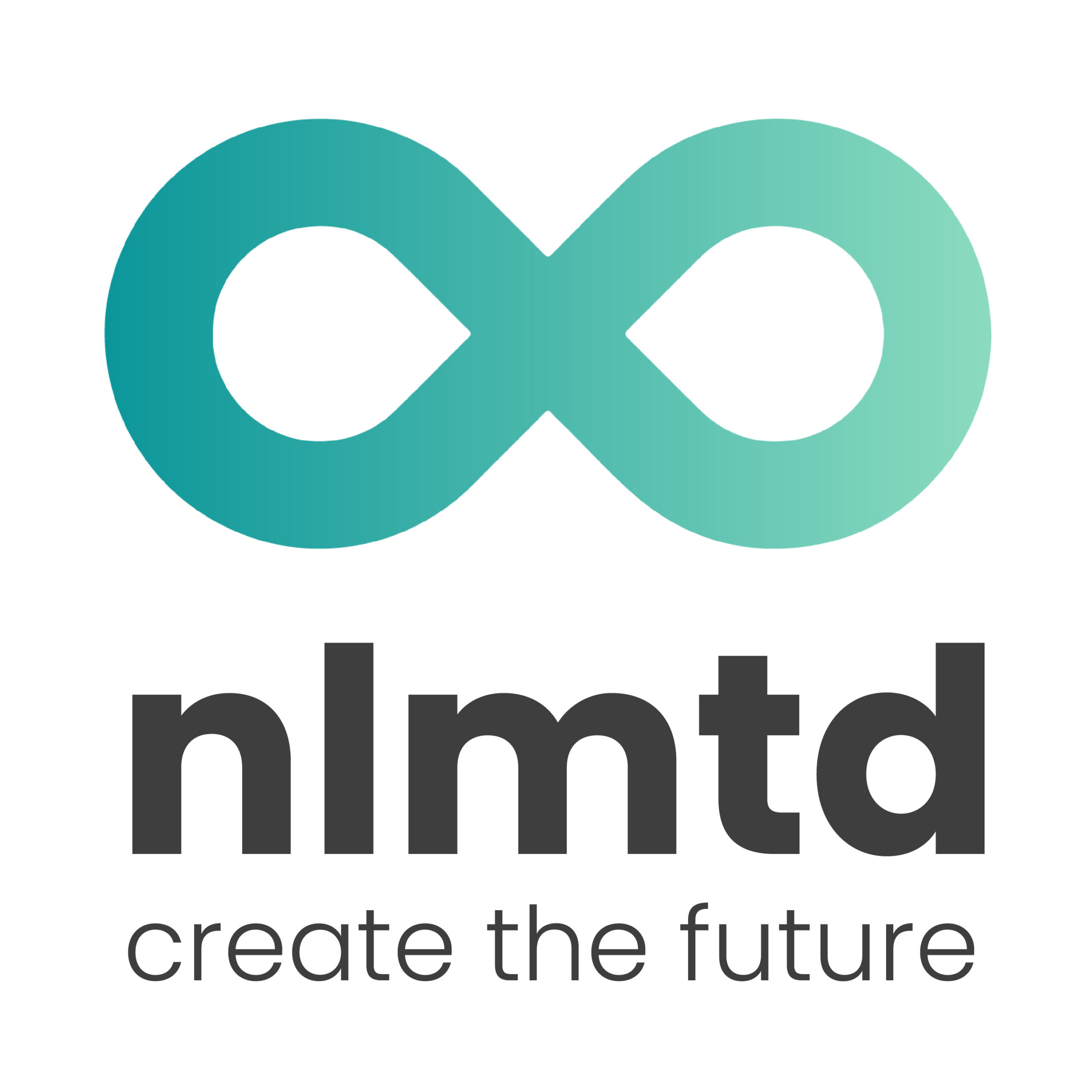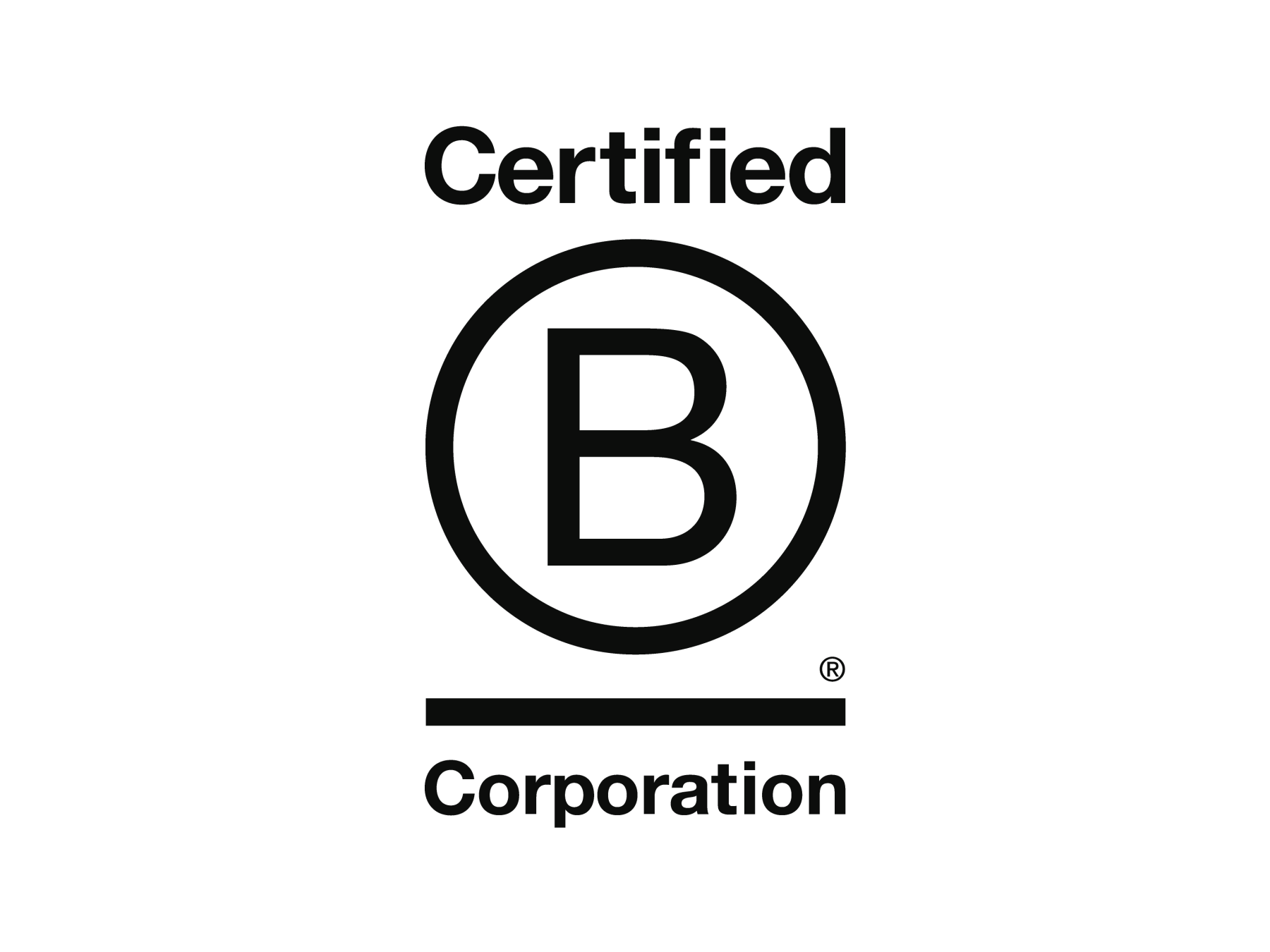Last week, I shared some ideas on the interconnectedness of popular terms like purpose, vision, ambition and goals, using the Purpose Pyramid. While each of these levels is relevant to achieve progress as a company, this post will focus specifically on Ambitions, which I utilize as the core driver of Innovation.
As an innovation consultant, my first question for new clients is where I can find their Ambitions. If those are not clear, there is really no point in developing products or services yet – because we will not know if we are actually helping our organization forward. Yes, we may be able to use our Purpose or Vision as guidance, but their level of abstraction will result in teams (implicitly) venturing out to create their own break-down to make matters workable. On the other end of the spectrum, handing an innovation team a list of Goals is too concrete, which kills ownership and sabotages the process of creative problem solving.

Right in between the overly abstract and the restrictively concrete, lie your organization’s Ambitions, which define the gaps between your Vision and your current Reality. In other words, they define why you are not where you want to be. I believe this to be the core driver of all your innovation efforts: to change processes, products and services to allow your organization to come closer to where you want to be. That is why I start with asking about their Ambitions every time I talk to a new client: it is Ambitions that drive innovation.
So if Ambitions are so important in guiding your innovation efforts, how do you create them effectively? As a general rule of thumb, but it no particular order, I make sure Ambitions follow two ground rules: (1) they need to be measurableand (2) they need to be shared.
Measurable Ambitions
Making an Ambition Measurable is the process of assigning specific metrics to it, rather than abstract conditions (e.g. improve, change, update). This will not only allow yourself to measure your progress, it can also assist you in ensuring that there is consensus on what defines progress. Especially when talking about ambiguously large themes such as ‘customer satisfaction’, ‘sustainability’ or ‘innovation’, it is essential to have a common understanding of what it is we are working towards.
Measure to improve
Let’s zoom in on measuring progress first. Put simply, a measurable ambition creates a progress bar to track your innovation efforts against. For example, if our ambition is to improve the customer experience, to be more eco-friendly or to increase employee satisfaction: how will we make sure we are doing the right things? It is essential to determine the correct metrics before kicking into fifth gear, because it will allow you to determine a baseline. Future measurements can then provide you with direct feedback as to whether or not your innovations are actually guiding you towards your ambition (and thus towards your vision and purpose).

A necessary detour at this point, is to highlight the difference between what Eric Ries calls actionable metrics, and vanity metrics. Determine the metrics that matter to your company, because your numbers may be right, but they may not be the right numbers.
Another practice we see too often is innovation teams that measure their impact by the number of released products, or tested prototypes. But developing new products is not a goal in itself. Innovations are only relevant when they contribute towards a greater Ambition. And the only way to know whether or not your innovations are contributing towards that Ambition, is by measuring and comparing.
Measure to agree
There is, however, a second reason why measurable ambitions are so much more effective: agreeing on a metric is one of the few ways to ensure that we are all talking about the same thing. When we say we want to improve the customer experience, are we talking about our Google review score, our NPS, or customer retention? Sure, they all hover around the same topic, but when are we happy? We may be able to improve our customer retention by handing out discounts for second purchases, but it may have little or even adverse effects on our Google reviews if our customer journey is still terrible. So what is it exactly that we wish to improve?

By making your ambition measurable, and defining the metric, we can make sure we all agree on what we are working towards, on what defines success. Whether it’s a colleague you have worked with for years, a new manager, or an outside consulting firm: believing to be on the same page does not ensure you mean the same thing. When it comes to Ambitions, interpretation is the mother of all miscommunication, and hard metrics provide a secure foundation for agreement (although it still leaves interpretation of the metrics and follow-up actions that need to be agreed upon).
Shared Ambitions
The second ground rule is to make sure your ambition is shared. One the one hand, a shared ambition is about aligning and creating consensus within your organization, which will have a tremendous effect on your innovation success rate. On the other hand, it’s about actually sharing your ambitions, both internally and externally in order to remind yourself and others of what you stand for.
Shared views
Managers will tend to focus on their own department, which may cause them to lose sight of the rest of the company it is intertwined with. This gets tricky when Ambitions are at a level of abstraction where multiple managers or teams are involved, as they often are, because it means successful innovation will probably require partnering, cooperation or support.
For example, a new app to support employees in logistics management will likely require cooperation with IT, Digital, Purchasing, Warehouse, Team Leads and Employees themselves. If you want their support, involve them from the get go. Make sure your ambition is shared by employees of all levels and departments to stimulate a dedicated and devoted development process. This process will also provide you with an opportunity to check the value of your ambition for the company as a whole. If other managers or employees do not agree, there might just be a good reason for that. And if so, what are ambitions we do agree on?

We are not a fan of meetings either, we like to get our hand dirty as soon as possible. However, developing solid Ambitions is an investment which will save you countless hours of convincing people to become involved in later phases. And seeing that ambitions should only change every few years, it’s an investment that lasts.
Share inspiration
The other sharing is about spreading the word, both internally and externally. In some traditional companies, innovation teams are still hidden away in secret lairs. Managers hide their efforts in an attempt to decrease unwanted questions and involvement. But as Eric Reis argues, the era of hiding innovation efforts is far behind us. The most successful innovation teams innovate with employees and with customers. Change is not a frightening step to come, but a continuous state of adaptability and improvement.
By sharing your Ambitions internally (this can be through your intranet, quarterly meetings or even just a poster in the cafeteria), you are involving anyone that feels connected to the topic. Employees that support the ambition will be driven to work towards it, by participating in co-creation sessions, or being involved in operational prototype testing. Employees that disagree with the ambition can either have a very good reason for it that may have been overlooked, or may need to rethink whether they are a match for your organization. Don’t think of it as a risk of employees trying to get involved; think of it as an opportunity for employees to get involved.
Externally, these same factors remain relevant. Why hide your efforts to evolve your company? Instead, you should be trying to involve customers in rapid iterations, and learn by doing. You should be proud to show your customers, shareholders and potential employees what you are working towards. By spreading your ambitions (as well as your progress), you are attracting people that agree with your Ambitions.

For example, when Adidas shared their vision to “sell the best sports products […] in a sustainable way”, and later their ambition to use recycled materials to create shoes, environmental organization Parley stepped up. Within six days, a concept shoe was created. Six years later, almost 20 million of these shoes have been sold. By sharing the ambition and progress, Adidas has attracted investors, partners, new hires, and customers.
Wrapping it up
Although your Purpose, Vision, Ambitions and Goals are all relevant to achieve progress, it’s the Ambitions that should guide your innovations. It gives innovation teams a starting point for their problem exploration, and ownership of uncovered goals. At the same time, it involves colleagues both vertically and horizontally, which will be essential for successful product development, testing and release.
Would you like to meet up to discuss your ambitions, or how to set up your innovation efforts to match your ambitions? Feel free to send me a message!





